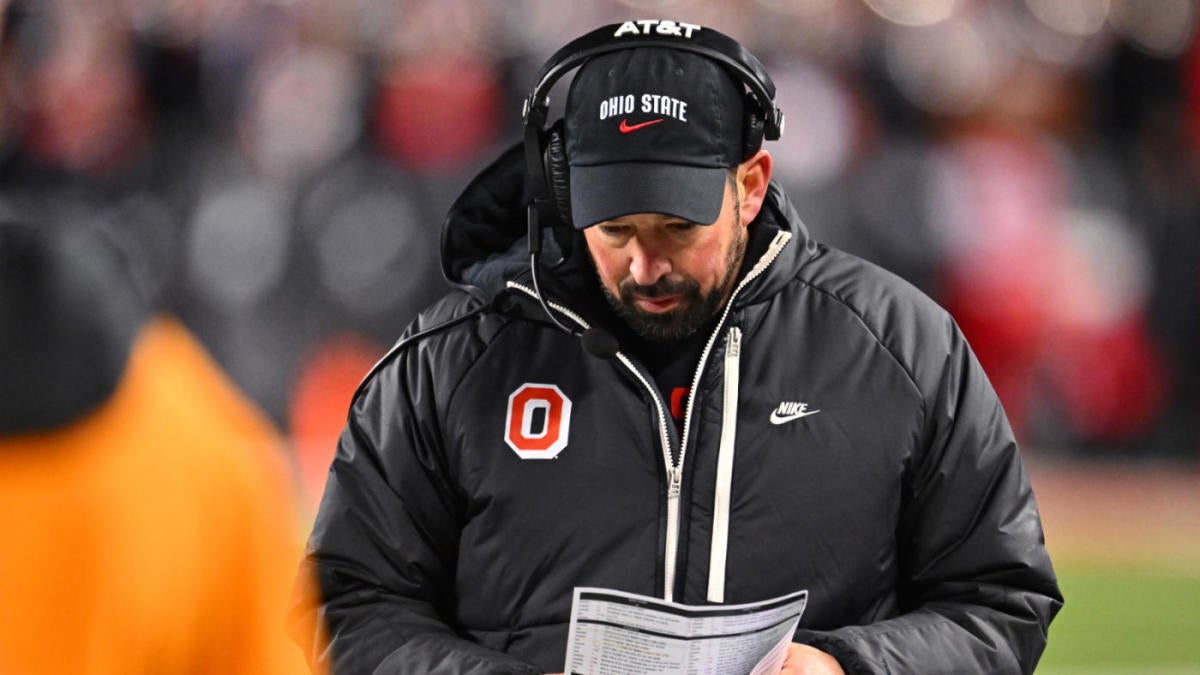Shopping
I spent $1,000 on school supplies. Back-to-school shopping shouldn’t cost a mortgage payment.

Today, some schools require students to have access to expensive electronic devices such as laptops and tablets, further driving up the parental cost of outfitting a child for their education.
What to buy in August
August brings back-to-school sales, but so many other markdowns as summer draws to a close. But there are some things you may want to wait until Labor Day to buy.
Scripps News
After spending the equivalent of an entire mortgage payment on school supplies for my children, I’m frustrated. And I’m not the only one.
The rising cost of school supplies is straining my family’s budget. And while chatting with friends, I found out that they, too, had spent more than $1,000 on back-to-school shopping.
What was once a fun annual tradition for parents marking the end of summer is now an increasingly expensive endeavor.
Over the past decade, the cost of school supplies has steadily increased. According to the National Retail Federation, families with children in elementary through high school are expected to spend this year an average of $875 on clothing, shoes, school supplies and electronics. That’s lower than last year’s record of $890 but nearly a $200 increase per family since 2019.
But why? Chalk it up to supply chain disruptions from the COVID-19 pandemic, inflation, marketing and a slew of other things. Additionally, the costs are deeply influenced by political decisions on education funding and tax policies. All of it adds to the financial burden placed on families, particularly those with lower incomes.
Look for free back-to-school events in your community
Every summer, before I begin school shopping, I first look for local organizations hosting back-to-school events for families like mine who don’t make a lot of money.
In my city, at least three main events supply children with basic back-to-school supplies, haircuts and other community resources like dental and medical care. Although these events are truly a blessing, they don’t provide everything my children need, but they do decrease the amount of money I have to spend on school supplies.
Low pay and high expectations: My life as a teacher left me frustrated. And thankful.
As a parent of a teen and preteen, I know my children want the cool trendy things they see on social media. The marketing to children on the internet is out of control and is even incorporated into electronic gaming.
The heightened commercialization of back-to-school shopping also has led to an increased desire among students for branded and trendy items that cost more. Kids also feel pressure to keep up with their peers by purchasing popular brands and character-themed supplies.
Requiring tablets, laptops push up school costs
Another contributor to higher school supply costs is the tech-driven classroom. Today, some schools require students to have access to expensive electronic devices such as laptops and tablets, further driving up the parental cost of outfitting a child for their education.
Supply and demand have always played a significant role in driving up prices. But in 2020, the COVID-19 pandemic slowed the production and shipment of goods, leading to shortages of materials and higher transportation costs. We are still living with supply chain disruptions, which decrease the availability of many goods, including school supplies.
What’s worse, government regulations and tariffs affect international trade and transportation, pushing up the cost of all sorts of items.
Trump isn’t fit to lead: Trump’s appalling desecration of Arlington National Cemetery shows he still can’t be trusted
The price of school supplies is more than just an economic issue. It’s deeply interwoven with politics. Local and state governments determine funding levels for public schools, and a lack of money often forces schools to rely more heavily on parents to provide basic supplies.
States like Florida offer tax-free shopping days
Tax policies also affect how much families must pay for those supplies. While some states, like Florida, where I live, offer tax-free shopping days for school supplies, others do not, leaving parents to shoulder not only the cost of supplies but also the sales taxes piled on their purchases.
Additionally, cuts to government programs that assist low-income families may exacerbate the financial strain of the back-to-school season.
The rising cost of school supplies is a multifaceted issue, fueled partly by inflation and supply chain disruptions. Yet, politics and policies also shape how the start of the school year affects a family’s bottom line.
As the financial strain on parents intensifies, we must remember that not every family can adapt, work harder or just figure it out financially. Regardless of parents’ income, all children should have access to the essential tools for their education.
Although the cost of school supplies frustrates me, I can afford to purchase them for my children. For other families, the rising cost of school supplies not only hurts their family’s finances but also can harm their children’s academic experience.
Marla Bautista is a military fellow columnist at USA TODAY Opinion.










